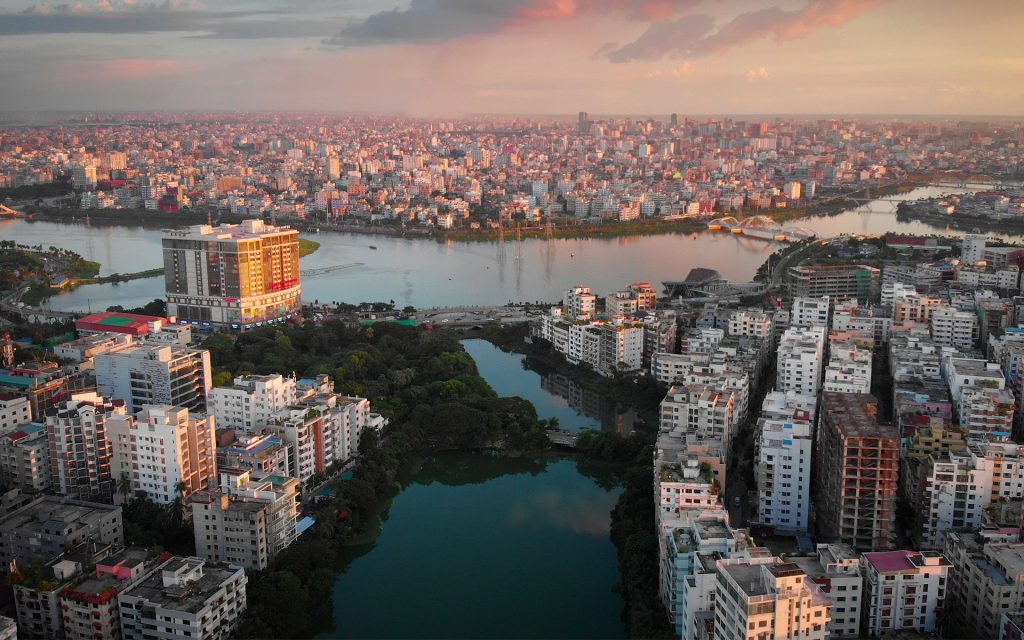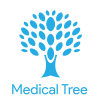BANGLADESH
Unlock Global Medical Opportunities: Study MBBS Abroad
ABOUT BANGLADESH
Overviews
- Course name ; MD(Doctor Of Medicine)
- Duration : 5 years(includes internship)
- Budget : 30 lakhs approximately (Whole Course)
- Medium : English for course
Bangladesh is a country in South Asia. Dhaka is the capital of this country.
Bangladesh is an ideal and cost-effective study abroad destination for Indian students pursuing careers in medicine. More than 5,000 Indian students study MBBS each year at top medical colleges there, and approximately 40% of seats at these top medical colleges are reserved specifically for international students like Indians.
This is the ideal destination for Indian students, who want to pursue a medical career. A good number of students go to study MBBS in top medical colleges here.
The standard of education is high and tuition fees are also affordable. The curriculum cumulatively builds on theoretical and practical knowledge. English- Medium education is the biggest advantage here. The combination of the advantages is making Bangladesh an attractive destination for students from across the world.

Top Recommended Universities :
- East West Medical College, Dhaka
- Bangladesh Medical College, Dhaka
- Monno Medical College, Gazipur
- North East Medical College and Hospital, Sylhet
- Anwer Khan Modern Medical College, Dhaka
To know more about the admission procedure and other relevant information. Do contact Medical tree
WHY Study MBBS in Bangladesh ? :
- Familiar for Indian students ; Indian students have to pay a reasonable amount as fees to get admission to private colleges. Most hostels in Bangladesh serve Indian food as well.
- Medical Study Similar Like India
- No Entrance Exams For Admissions
- The cost of tuitions and living expenses here are affordable
- There is moderate climate, over all the seasons in the whole year.
MBBS Admission 2025-26 Eligibility Criteria :
Depending on the country and institution, the admission eligibility criteria would be different for MBBS. However, a general overview of the common MBBS eligibility in many colleges.
The admission eligibility criteria for MBBS Course :
Educational Qualification:
- 10+2 is the minimum qualification . One should pass class 12 with PCB subjects i.e Physics, Chemistry, Biology. There is relaxation for reserved categories, that would be a minimum percentage of 40-45%
2. Age Limit:
- 17 years is the minimum age for admission in this course.
- 25 years is the upper limit for admission in this course. Relaxation is there for candidates who belong to reserved categories.
3. Entrance Exam:
- Qualifying entrance exams is mandatory. Candidates can either clear NEET i.e National Eligibility cum Entrance Test.
By meeting all these eligibility criterias, students can apply for MBBS courses in various colleges across India or Abroad.
Facts To Know about Bangladesh :
- Art forms like Nakshi, Kantha are present
- Largest Mangrove forest - Sundarbans is present here
- This is home for longest natural sea beach
- The country is now becoming hub for technology and start up innovation
Required Documents for MBBS Admission :
Candidates should submit a set of important documents to apply for the MBBS Course. For enrolment into the course, these documents help in verifying the eligibility criteria of candidates.
A few common documents that is required for MBBS admission :
- 10th and 12th Mark Sheets
- Admit Card of NEET UG Examination.
- Mark sheet of NEET UG Examination.
- A duly signed complete Admission form
- Students need a scanned photocopy of Passport, Visa
- Passport-size Photographs: A minimum of 6 recent photographs are required
- ID Proof (any one) – Aadhar card, PAN card, Driving License, etc.
In order to avoid any delays it is important to keep all the documents ready in hand, beginning with the application process.

